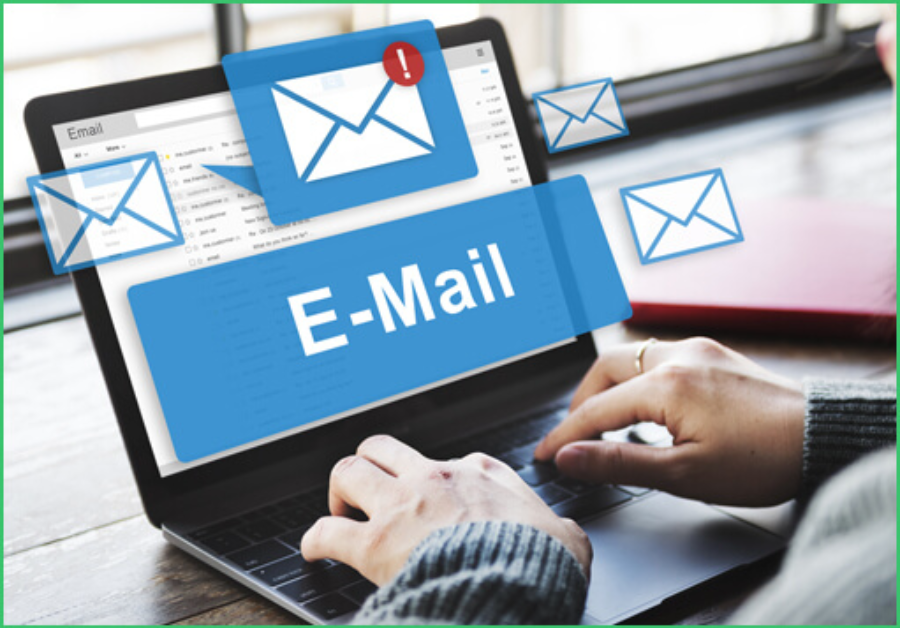

5 Steps to Write a Perfect Corporate Email!

STEP 1 - First and foremost, greet the person. Never start an email without greeting the other person because, in my opinion, it looks rude and very selfish on your part. It can be as simple as:
Example: "Hey Jack, I hope you're staying safe!"
STEP 2 - If you were in touch with the person sometime back for any requirement or worked on a project together, always mention that first to establish familiarity with past work.
Examples: "Firstly, I want to thank you for sharing the XXX documents last month. It saved a lot of my time.
"OR"
Firstly, I wanted to thank you for your assistance on the YYY project last quarter. You were a great help throughout!"
STEP 3 - Now come to your main requirement/concern. Personally, I prefer to be as detailed as possible in the main body of my email to avoid any further back and forth.
STEP 4 - Ensure to keep track if the recipient of your email has any festivals/occasions coming up around the corner. If yes, drop a one-liner towards the end extending your best wishes. If not, then you can simply end by thanking them in advance for the request you're making.
Examples: "Lastly, wishing you and everyone around a very Happy Thanksgiving!
"OR"
Thanks for your support as always!"
STEP 5 - Never forget to attach your signature towards the end of the email. I personally prefer to have automatic signatures on, to be safe.
So, from today onwards, start writing emails like a pro.
Here are some additional tips for writing effective emails:
Be Clear and Concise: Keep your email brief and to the point. Use clear and simple language to convey your message. Avoid long-winded sentences and unnecessary jargon.
Use Proper Formatting: Organize your email with paragraphs, bullet points, or numbered lists to make it easier to read and understand. Use bold or italicized text to highlight important points if necessary.
Proofread Before Sending: Always proofread your email for spelling and grammatical errors before hitting send. Typos and mistakes can detract from your professionalism and credibility.
Use Descriptive Subject Lines: Write a subject line that accurately summarizes the content of your email. This helps the recipient understand the purpose of the email at a glance and increases the likelihood of it being opened and read promptly.
Personalize When Appropriate: Address the recipient by their name and tailor the tone and content of your email to suit the relationship and context. Personalization can help foster a connection and make your email more engaging.
Provide Context: If necessary, provide background information or context to help the recipient understand the reason for your email. This can prevent confusion and ensure that your message is received and interpreted correctly.
Be Professional: Maintain a professional tone and demeanor in your email correspondence. Avoid using slang, emojis, or overly informal language, especially when communicating with colleagues, clients, or superiors.
Follow Up if Necessary: If you don't receive a response within a reasonable timeframe, consider sending a polite follow-up email to ensure that your message was received and to prompt a reply if needed.
By following these tips, you can write clear, concise, and effective emails that convey your message efficiently and professionally.
